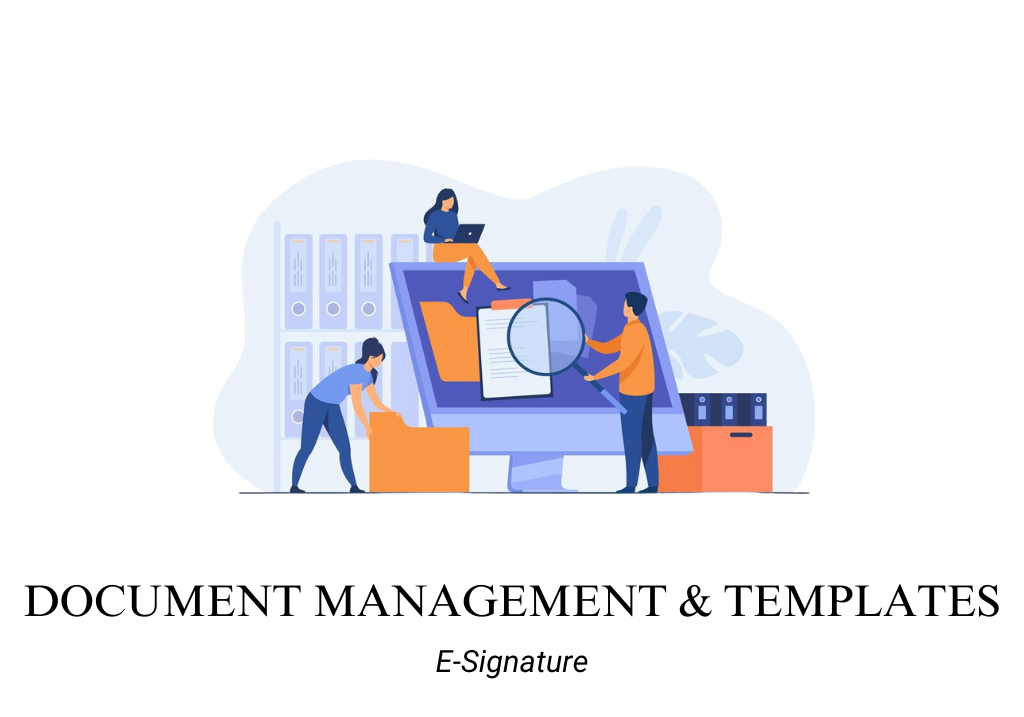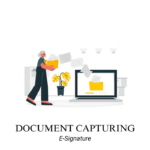Introduction
The Document Management & Templates functionality within digital document tools is fundamental for creating, organizing, and managing documents efficiently. This functionality provides users with the tools needed to create documents from standardized templates, control versions, and manage access permissions for collaborators. By streamlining document creation and management processes, organizations can ensure consistency, enhance collaboration, and maintain control over document integrity and security.
The Document Management & Templates functionality includes various features that support efficient document workflows. These features allow users to create documents quickly using templates, track changes with version control, and manage collaborator access through granular permissions. A well-implemented document management system helps organizations improve productivity, maintain compliance, and reduce risks associated with document handling.
CHECK MORE: Guide to find best E-Signature tools for lawyers
Features of Document Management & Templates
Document Creation
Definition: Document Creation is a feature that enables users to create new documents from scratch or by using pre-designed templates. This feature allows for the rapid creation of documents with standardized content and formatting, ensuring consistency across all organizational documents.
Purpose: The purpose of Document Creation is to simplify and standardize the process of generating documents, reducing the time and effort required to draft new documents from the ground up. This feature helps organizations maintain brand consistency and compliance by using approved templates.
Use Case: A consulting firm uses the Document Creation feature in its document management tool to generate client proposals quickly. The tool provides pre-approved templates that ensure all proposals are consistent in format and style, helping to maintain a professional appearance.
Benefits:
- Streamlines the document creation process by using pre-designed templates.
- Ensures consistency in document formatting and content across the organization.
- Saves time and effort by reducing the need for repetitive document drafting.
- Supports compliance by ensuring that documents adhere to organizational standards
Version Control
Definition: Version Control is a feature that tracks changes to documents over time, ensuring that all updates are recorded and previous versions are archived. This feature allows users to view the history of document changes, including who made the changes and when.
Purpose: The purpose of Version Control is to maintain an accurate record of all changes made to documents, helping organizations avoid confusion and ensuring that only the most current and approved versions are used. This feature is crucial for compliance, collaboration, and providing a clear audit trail for document updates.
Use Case: A pharmaceutical company uses the Version Control feature in its document management tool to manage changes to its regulatory submissions. The tool automatically archives each version and tracks changes made by different team members, ensuring that the company always works with the most current and compliant version of the document.
Benefits:
- Prevents confusion by clearly tracking all changes to documents.
- Ensures that only the most current and approved versions are used.
- Provides a comprehensive audit trail of document changes, supporting compliance and accountability.
- Facilitates collaboration by allowing team members to review and compare document versions.
Granular Permission for Collaborators
Definition: Granular Permission for Collaborators is a feature that allows users to control access levels for different collaborators on a document. This feature enables administrators to set specific permissions, such as view, edit, comment, or share, ensuring that each collaborator has the appropriate level of access.
Purpose: The purpose of Granular Permission for Collaborators is to enhance document security and collaboration by ensuring that only authorized users have access to certain functions. This feature helps organizations protect sensitive information and prevent unauthorized changes or access.
Use Case: An HR department uses the Granular Permission for Collaborators feature to manage access to confidential employee documents. The tool allows the HR manager to set permissions for each collaborator, ensuring that only authorized personnel can view or edit specific sections of the documents.
Benefits:
- Enhances security by controlling access to sensitive documents.
- Supports collaboration by allowing tailored access levels for different users.
- Reduces the risk of unauthorized changes or data breaches.
- Provides flexibility in managing document access based on roles and responsibilities
Conclusion
These features collectively ensure that organizations can efficiently manage documents, maintain consistency, and protect sensitive information while enabling effective collaboration and compliance.
CHECK OUT E-SIGNATURETOOLS ON DIRECTORY OR CLICK HERE

